When Can You Get Your Pilot's License? Key Requirements
Jun 23, 2025
You can get your pilot’s license at 17. When can you get your pilot’s license? You can start training at 14 and fly solo at 16. This article covers the full timeline and requirements to become a private pilot.
Key Takeaways
-
You must be 17 to get a private pilot’s license, but you can fly solo at 16 and start training at 14.
-
Aspiring pilots need a third-class medical certificate to verify physical fitness and ground school to cover aviation knowledge.
-
Average time to get a private pilot license is 3 months full time or 4-6 months part time, total cost $8,300-$12,300.
Age Requirements for a Private Pilot's License
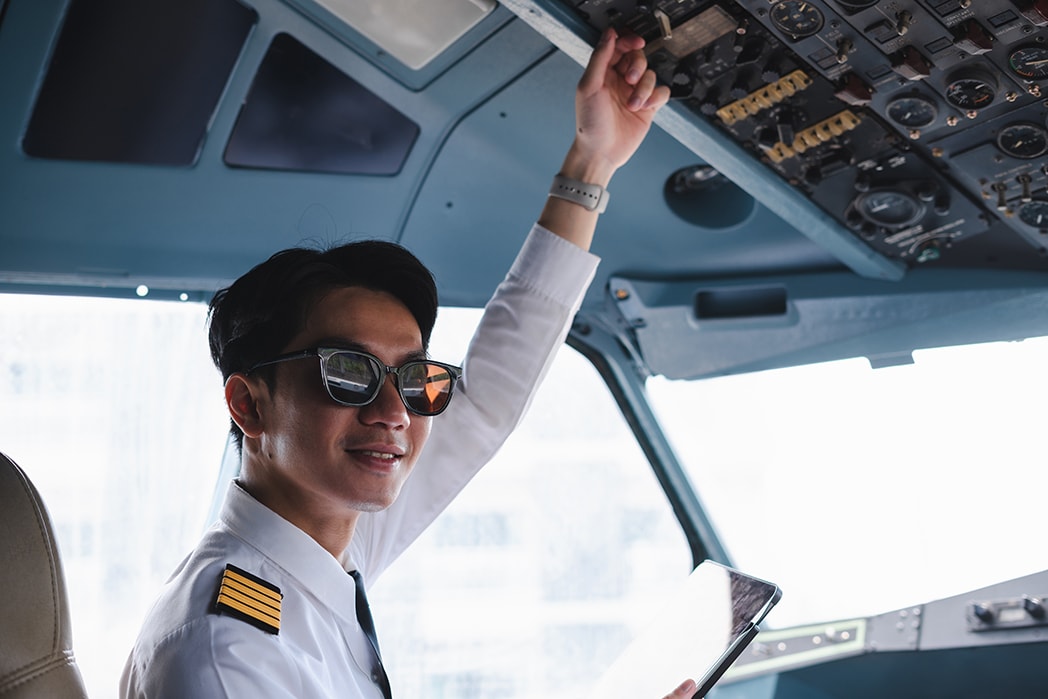
There are age requirements to get a private pilot’s license. Most pilots must be at least 17 years old to apply for a private pilot certificate, showing you’re old enough to be responsible for flying and eligible for the FAA private pilot certificate that grants full flying privileges.
This is one of the most common types of FAA pilot licenses issued to aspiring aviators. But you can start earlier. Here are the details on when you can fly solo and how to start training before that.
Minimum Age to Fly Solo
You must be at least 16 years old to fly solo. This ensures you have the maturity and understanding for solo flight.
The first solo flight is a big deal, it’s the point where a student pilot starts flying on their own.
Flying with an Instructor Before 16
The FAA allows you to start flight training at 14 with an instructor. This early start gives you valuable experience and guidance and sets you up for future solo flights and eventually getting a private pilot license.
Flying with an instructor before solo age can speed up the process of becoming a licensed pilot, so early flight hours are gold for flight instructors.
Medical Certificate Requirements
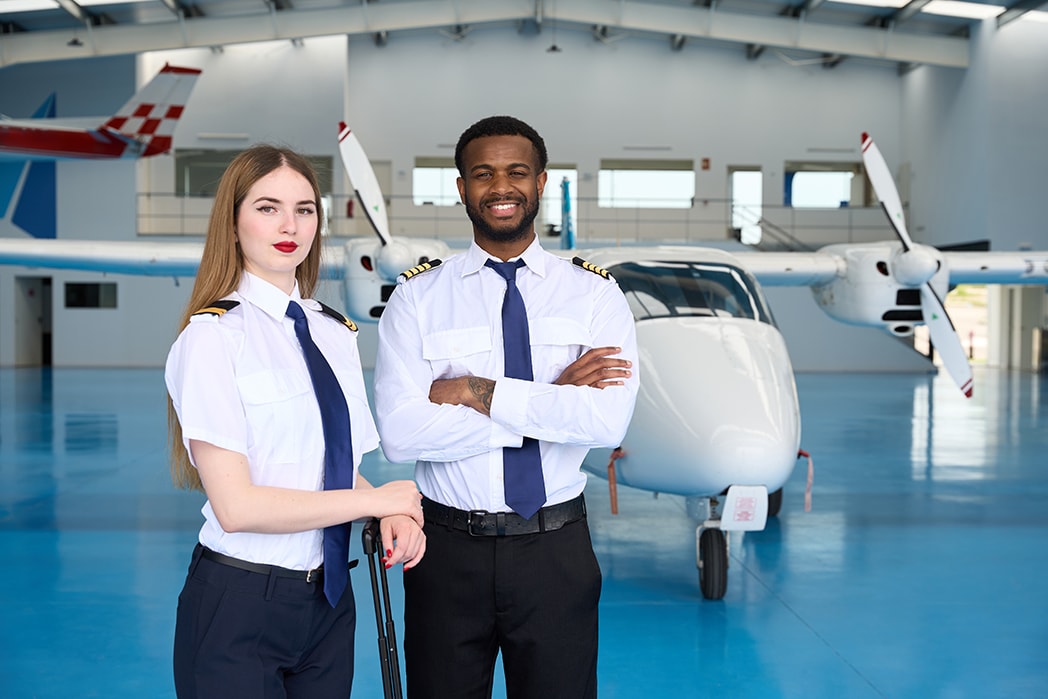
Getting a medical certificate is a must for a private pilot. The FAA requires pilots to have a third class medical certificate to prove they are fit to fly. This certificate ensures pilots meet the health standards, including vision, hearing and general physical condition to fly an aircraft safely.
Knowing how to get and maintain this student pilot certificate is key for any aspiring professional pilot.
How to Obtain a Third Class Medical Certificate
You must schedule an appointment with an FAA-accredited Aviation Medical Examiner (AME) to obtain a third class medical certificate. The examination evaluates various health aspects, such as vision (requiring 20/40 vision or better in each eye), hearing, and overall physical condition.
This exam ensures you meet the FAA’s health standards, confirming your eligibility requirements to fly.
Maintaining Your Medical Certificate
To maintain a valid medical certificate, you must follow FAA guidelines and have regular health check-ups. Pilots must report any significant changes in their medical condition to their AME and the FAA.
Regular check-ups will ensure you remain compliant with FAA medical standards, safety first in your flying career.
Ground School Classes
Ground school forms the backbone of private pilot training, providing essential theoretical knowledge for safe flying. This phase covers crucial topics such as:
-
Aerodynamics
-
Weather
-
Flight planning
-
Navigation
Ground school builds a strong foundation in aeronautics and procedures for the knowledge test and practical flying, aeronautical knowledge, English language and airplane operations.
Here are the main subjects and tips for the knowledge test.
Topics Covered in Ground School
Ground school covers essential aviation concepts, including:
-
Federal Aviation Regulations (FARs)
-
Basic aerodynamics
-
Radio communication
-
Weather patterns
-
Flight planning
This is a comprehensive curriculum to get you to understand the theoretical side of flying so you can fly safely and efficiently.
Preparing for the Knowledge Test
Preparation for the FAA written exam (knowledge test) involves:
-
Aeronautical decision making
-
Federal aviation administration regulations
-
Practice tests to see where you are and what you need to work on.
Thorough preparation and practice are key to passing this step of pilot training.
Flight Training Requirements
Flight training is where ground school theory is put into practice at flight school. Many students begin with introductory flight lessons to build confidence and become familiar with aircraft controls early in their training.
The FAA has specific flight training requirements, including a minimum number of flight hours and types of flight experiences such as night flying and cross-country navigation.
Knowing these requirements will help you know what to focus on.
Minimum Flight Hours Required
The FAA requires 40 hours of flight time under Part 61 for a private pilot certificate, but most students complete around 75 hours before they get their certificate. At least 20 of those hours must be with an instructor.
These hours are key to gaining the experience and confidence to fly safely and competently towards your dream.
Types of Flight Training
Flight training includes many types of flying, such as night flying, solo flying and cross country navigation. Training involves practicing maneuvers, emergency procedures and in-flight decision making. This diverse training prepares student pilots for all types of flying and scenarios.
The Check-Ride: Final Step to Becoming a Private Pilot
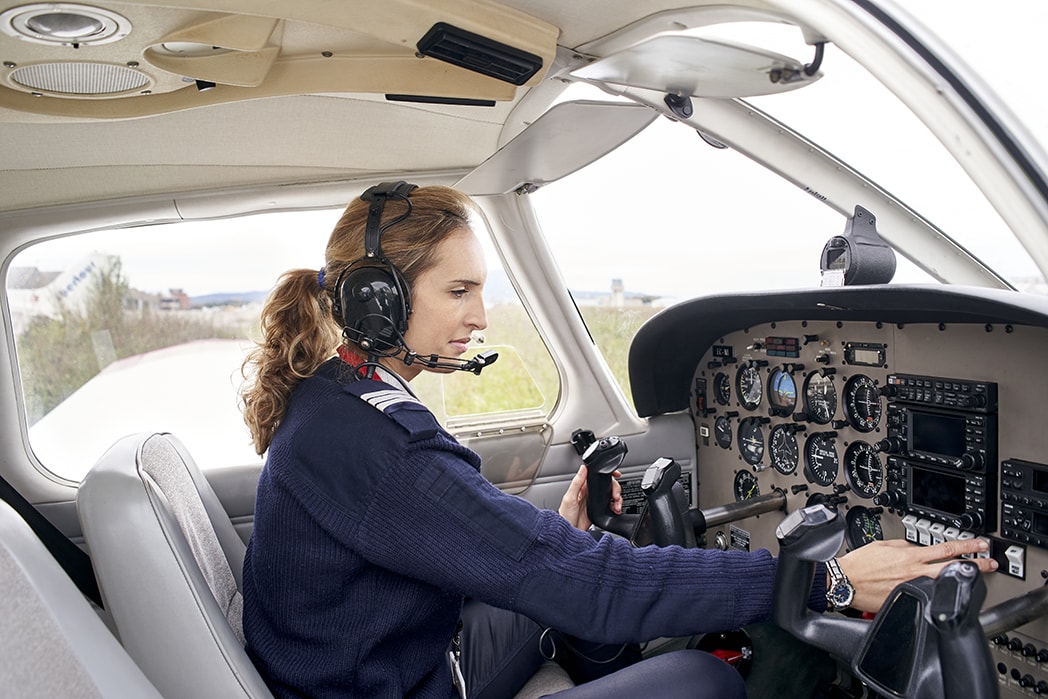
The check-ride is the final step to becoming a private pilot. Conducted by a designated pilot examiner, this is a comprehensive test of a trainee’s flying skills and decision making.
During the check-ride, you will be asked to demonstrate proficiency in various flight operations, including pre-flight procedures and emergency scenarios. Preparation and practice are key to passing this test.
Preparing for the Check-Ride
Check-ride prep is reviewing everything you learned, practicing maneuvers and knowing what the examiner is looking for. Thorough prep so you can show off your flying skills and knowledge during the check-ride. Instructor guidance and past check-ride experience is super helpful.
Passing the Check-Ride
Passing the check-ride, or practical test, means you have to show the examiner your flying skills and knowledge of the aircraft per FAA standards. Practice flights and knowledge review and instructor guidance are key to passing this final step, including the practical exam.
Once you pass the check-ride you get your private pilot’s license and can carry passengers and fly for fun and become a private pilot and flight and join the private pilot club.
Timeline to Obtain a Private Pilot License
The private pilot license timeline will vary depending on whether you train full-time or part-time. On average a full-time student will complete their training in about 3 months.
Knowing the timeline helps you plan your training.
Full-Time Training Timeline
Full time students will complete their private pilot training in about 3 months. This is an intensive schedule with 4 to 5 lessons a week so you can quickly get the required flight hours and experience.
This is ideal for those who can commit a lot of time to training.
Part-Time Training Timeline
For part-time students the training takes 4-6 months. Part-time training allows students to attend classes 2-3 times a week and other commitments.
This flexibility makes it more accessible to more aspiring pilots.
Costs Associated with Getting a Private Pilot License
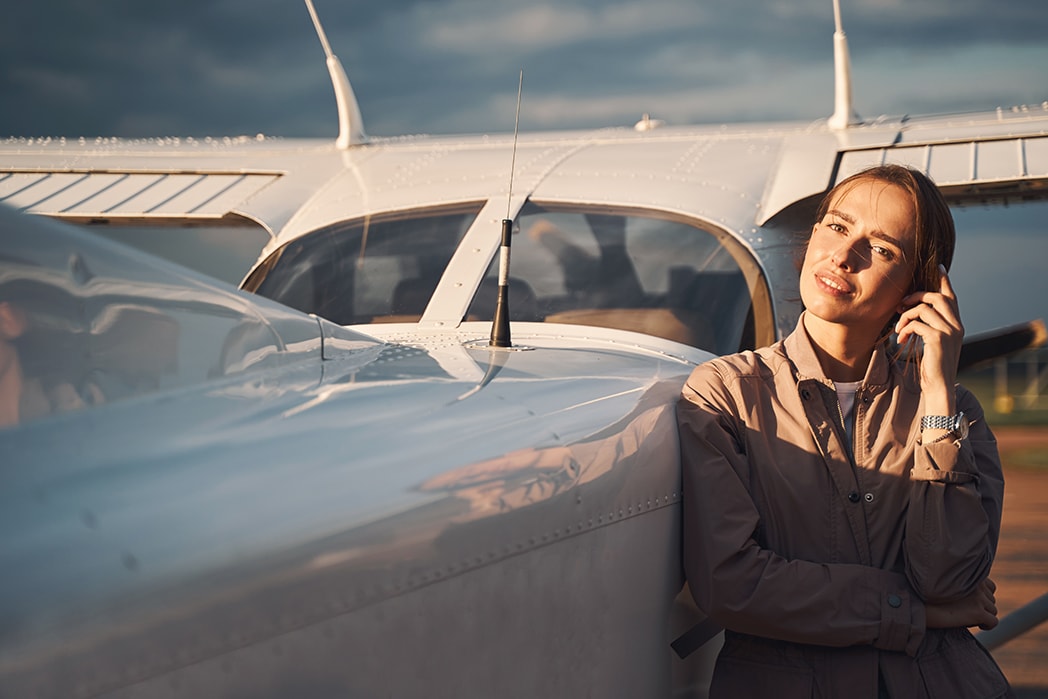
The cost to get a private pilot license can vary greatly. On average it’s $8,300 to $12,300 including:
-
Flight training
-
Ground school
-
Exam fees Additional costs to consider:
-
Insurance
-
Equipment
-
Operational costs
Here are the financing options and additional costs.
Financing Options
Getting a private pilot license can be expensive but there are financing options available. Scholarships and aviation specific loans from flight schools and aviation organizations can help reduce the cost.
Evaluating these options will help you manage your training costs.
Additional Costs
Beyond tuition and flight fees you should also consider the additional costs of operating your aircraft. These are:
-
Fuel
-
Maintenance
-
Insurance
-
Hangar fees These add up quickly.
Planning for these operating expenses is key to managing your finances during pilot training.
What's Next After Obtaining Your Private Pilot License?
Getting your private pilot’s license is just the start of your aviation journey. Many pilots go on to get:
-
Instrument Rating to enhance their flying skills.
-
Commercial pilot license for aspiring commercial pilots.
-
Airline transport pilot license for career opportunities in aviation.
Additionally, some pilots pursue the multi-crew pilot license, which is essential for operating in multi-crew environments like commercial airlines.
Here are the next steps in more detail.
Instrument Rating
Getting an Instrument Rating is a big step for any private pilot looking to improve navigation and fly in different weather. This rating allows you to fly under Instrument Flight Rules (IFR) which is essential for flying in bad weather and overall safety.
The training is to learn to rely on instruments for navigation and control, a skill required for commercial pilots.
Commercial Pilot Dreams
If you want to be an aviator, getting a commercial pilot’s license is the next step after getting a private pilot’s license. Commercial pilots must complete additional training and certifications including the Instrument Rating and often the Airline Transport Pilot (ATP) license.
These certifications allow you to fly bigger planes, carry passengers for pay and take on more complex flying tasks opening up more career opportunities in the aviation industry, especially if your goal is to become an airline pilot.
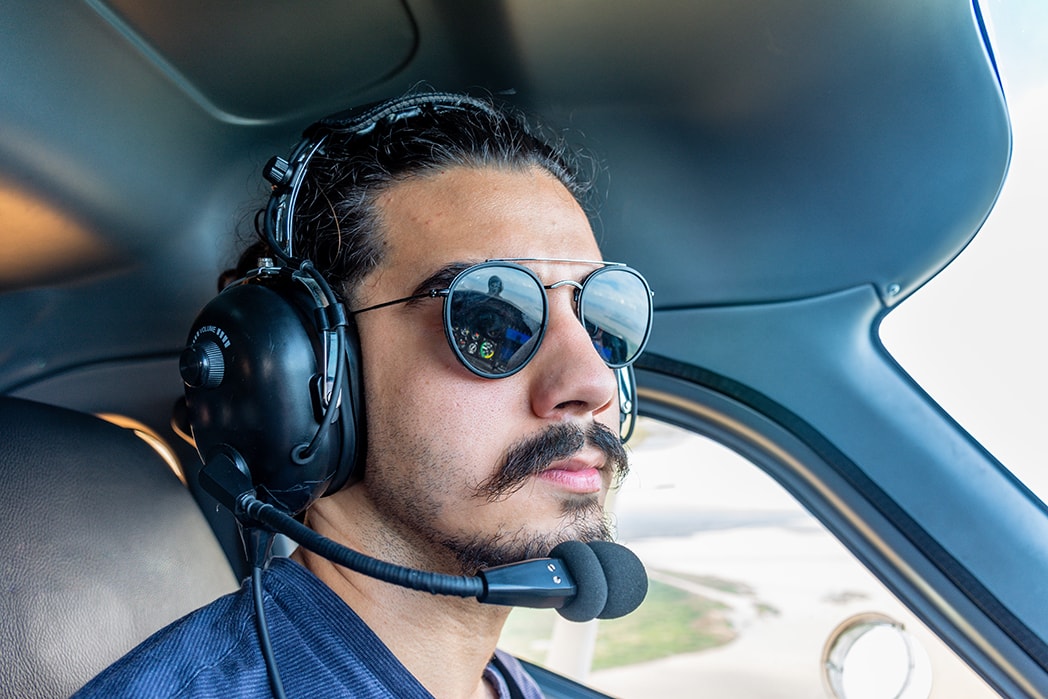
Summary
In summary, getting a private pilot’s license involves meeting certain age and medical requirements, ground school and flight training and passing the check-ride.
You can finish in as little as 3 months if full time and 6 months if part time. The cost $8,300 to $12,300 can be financed in many ways. After you get your private pilot’s license you can get an Instrument Rating or work towards becoming a commercial pilot and opens up a world of opportunities in the aviation industry. It’s challenging and rewarding and gives you the freedom and thrill of flying.
